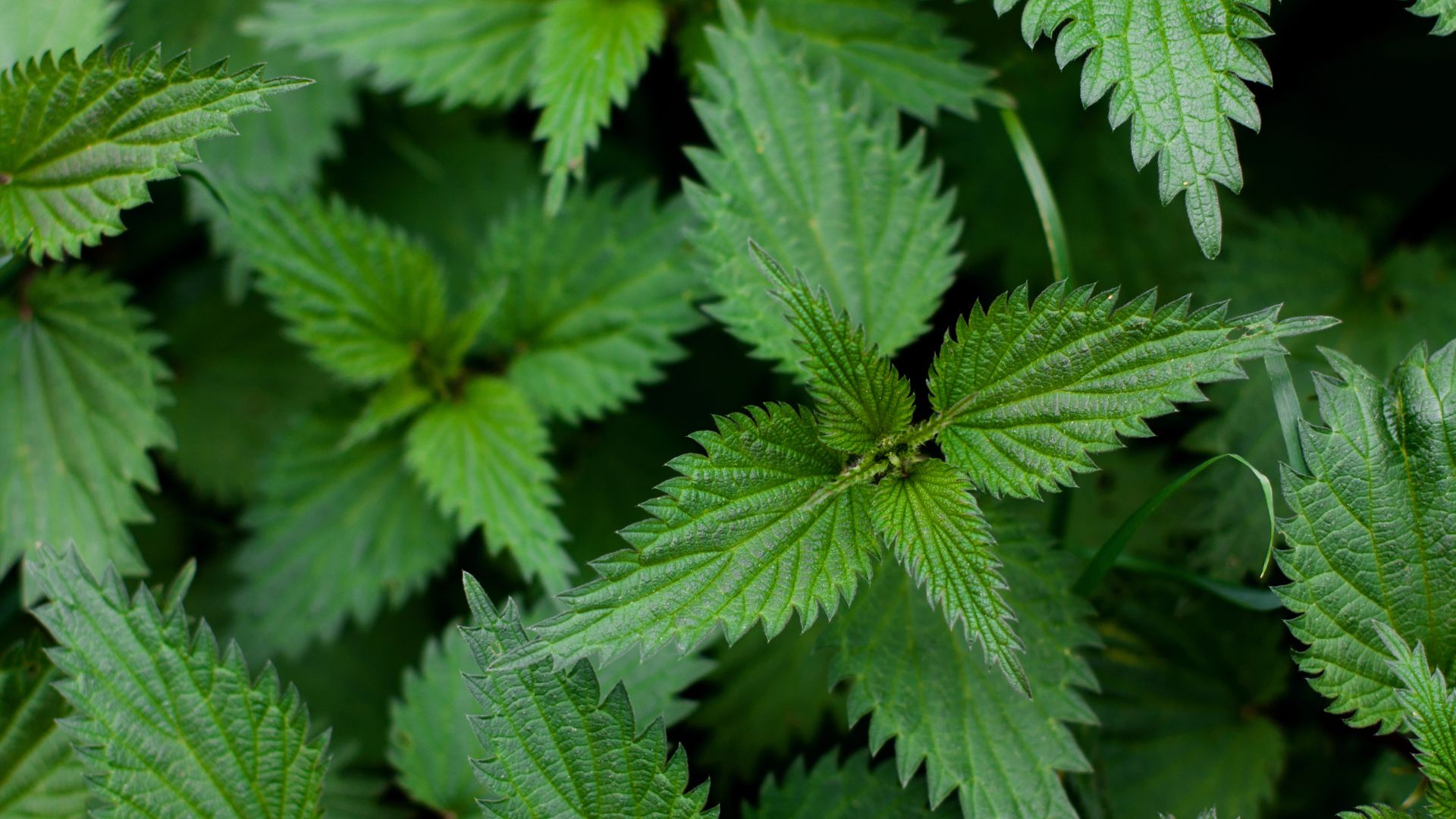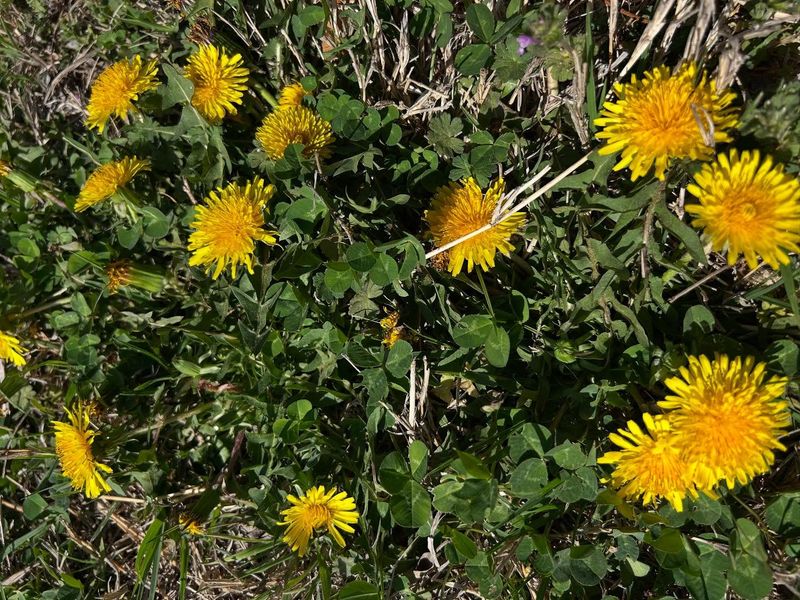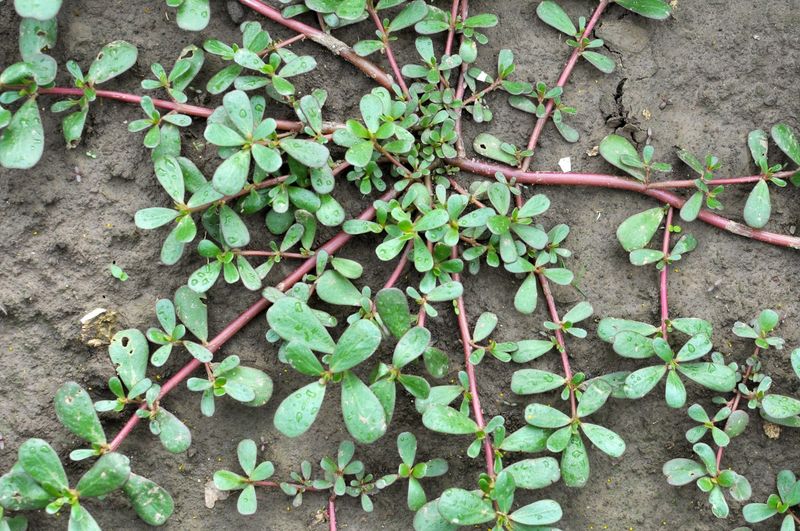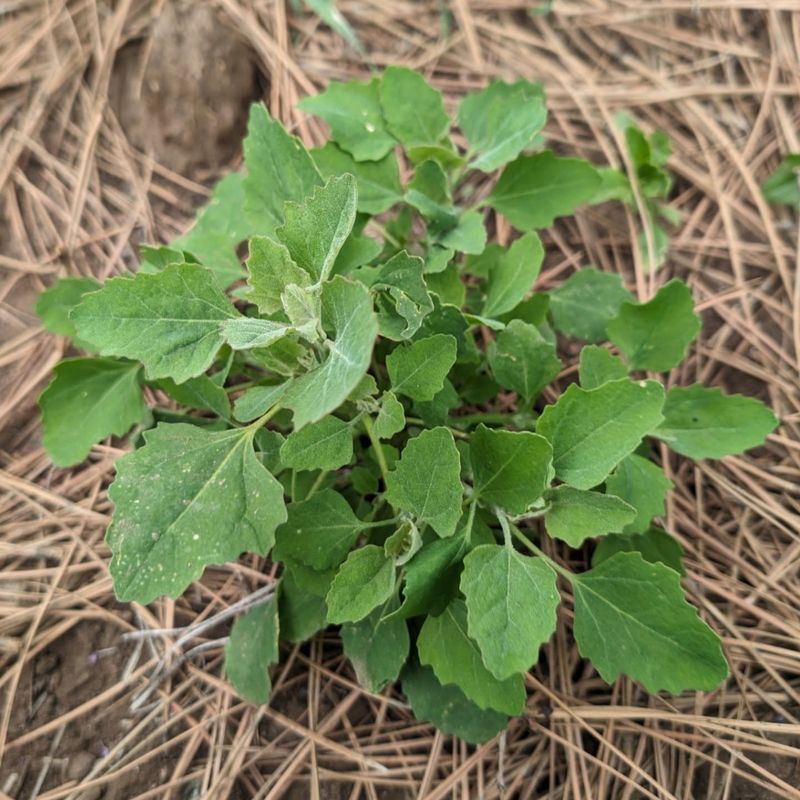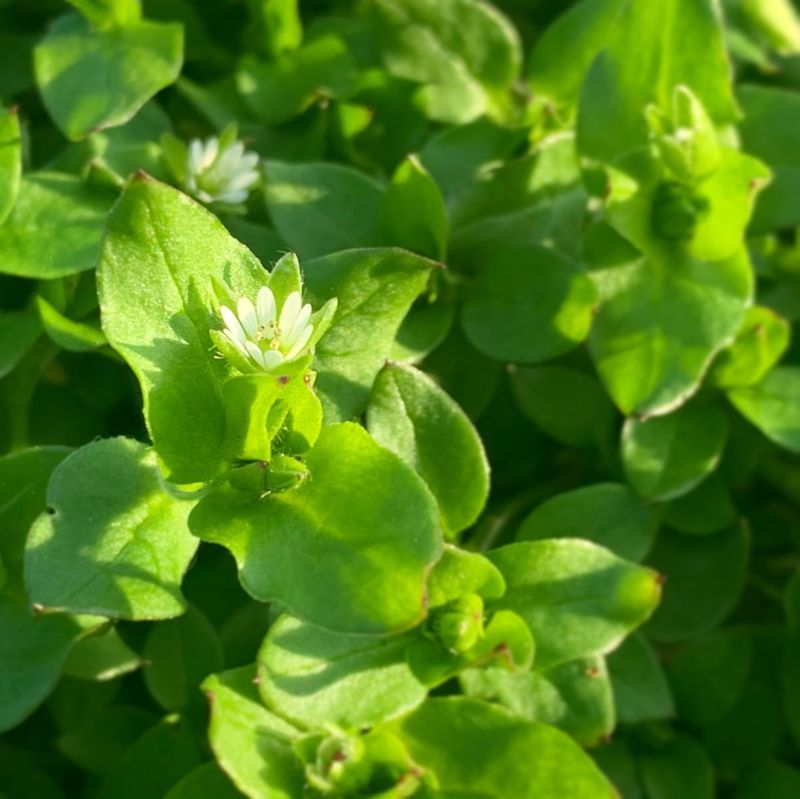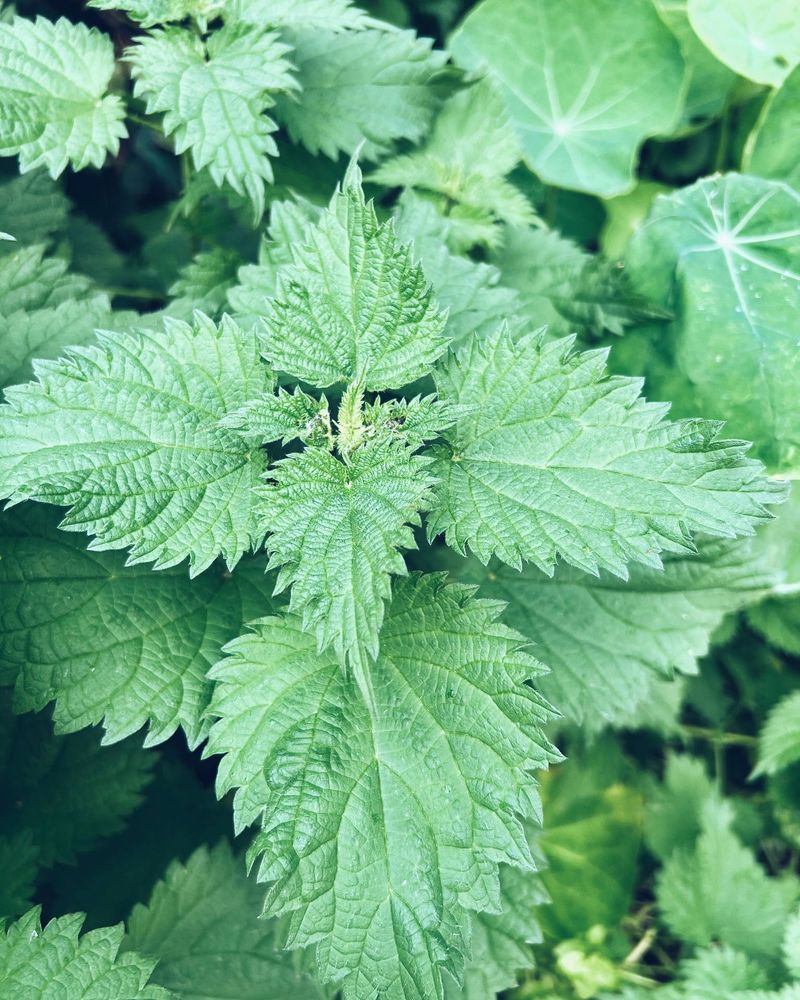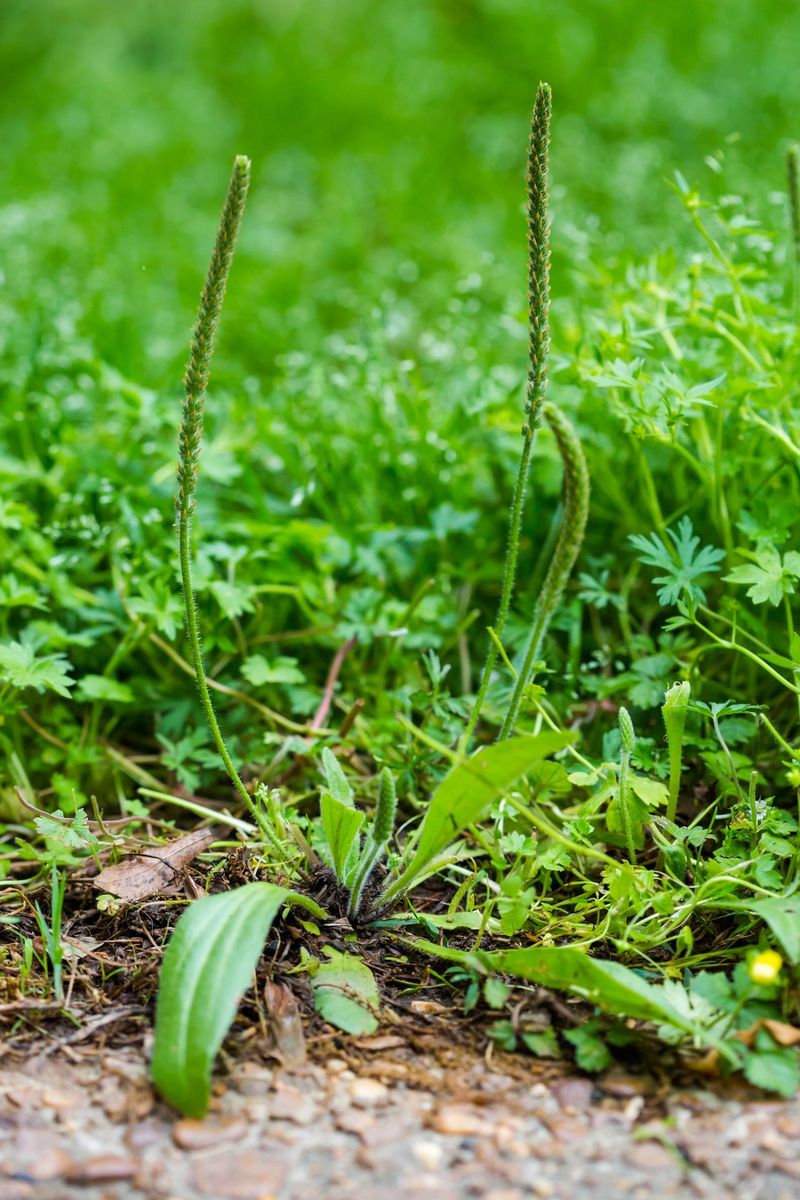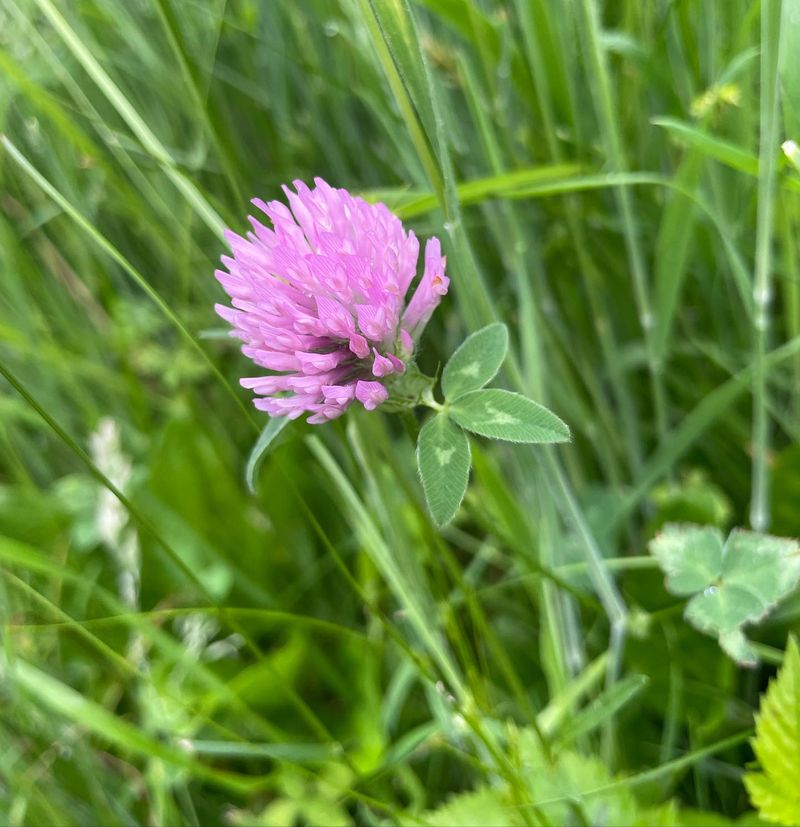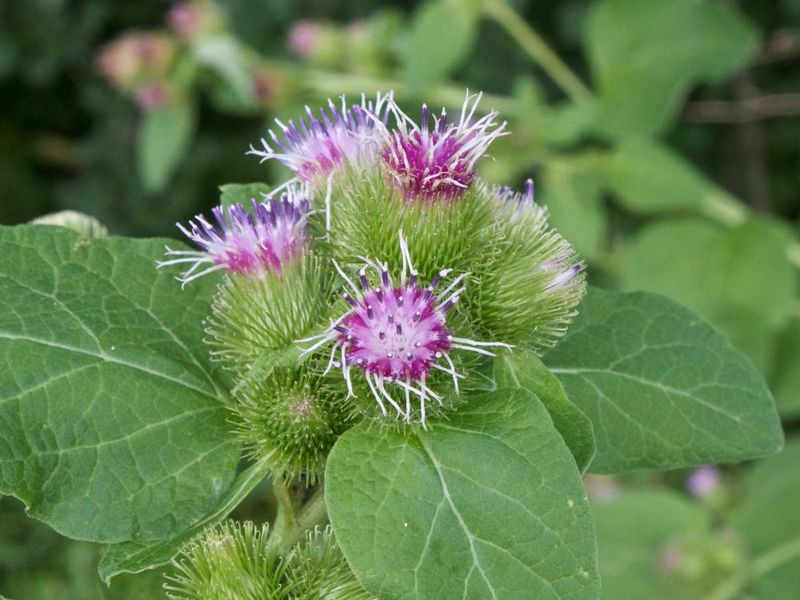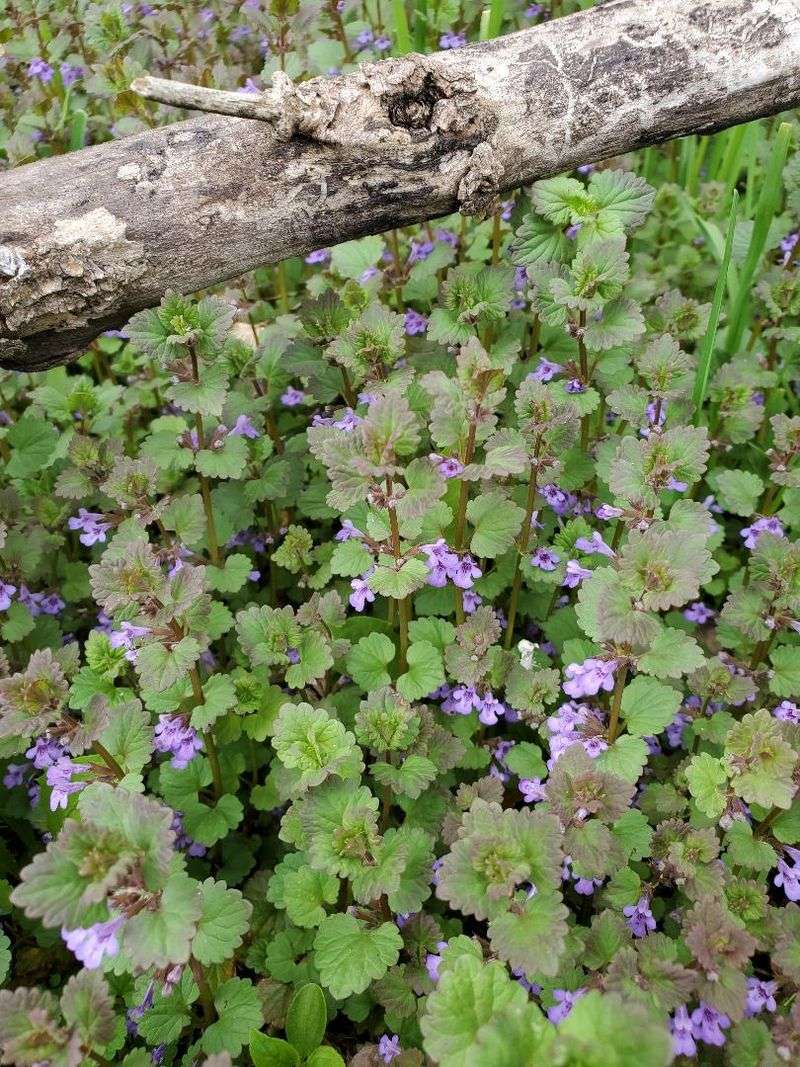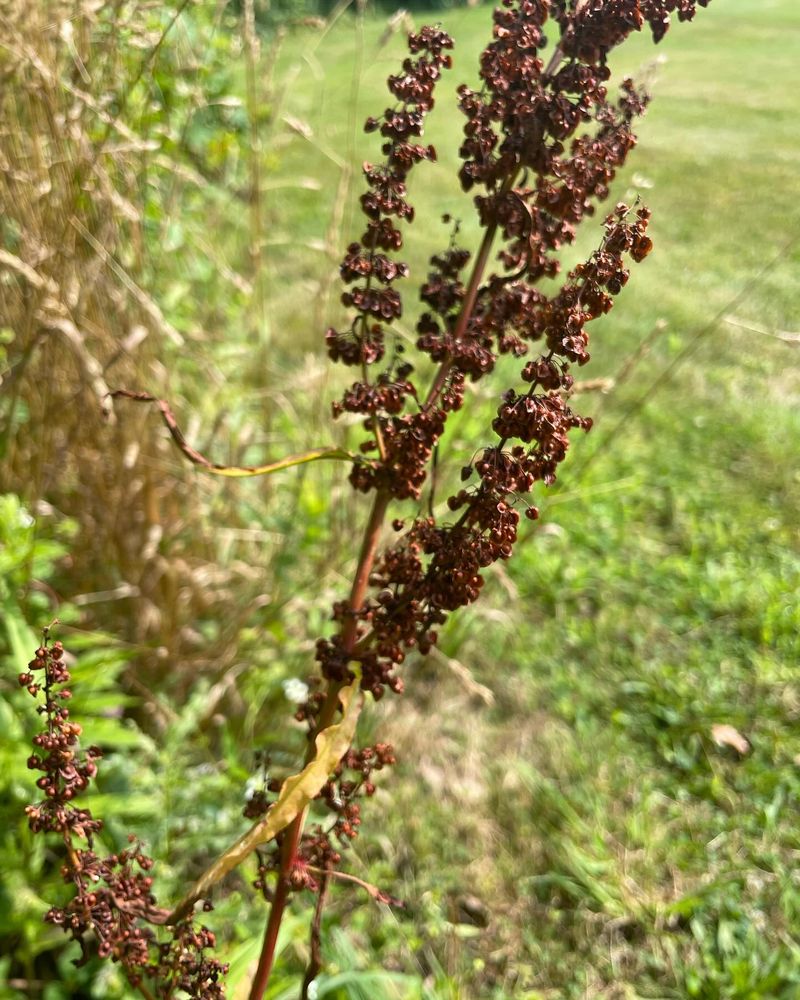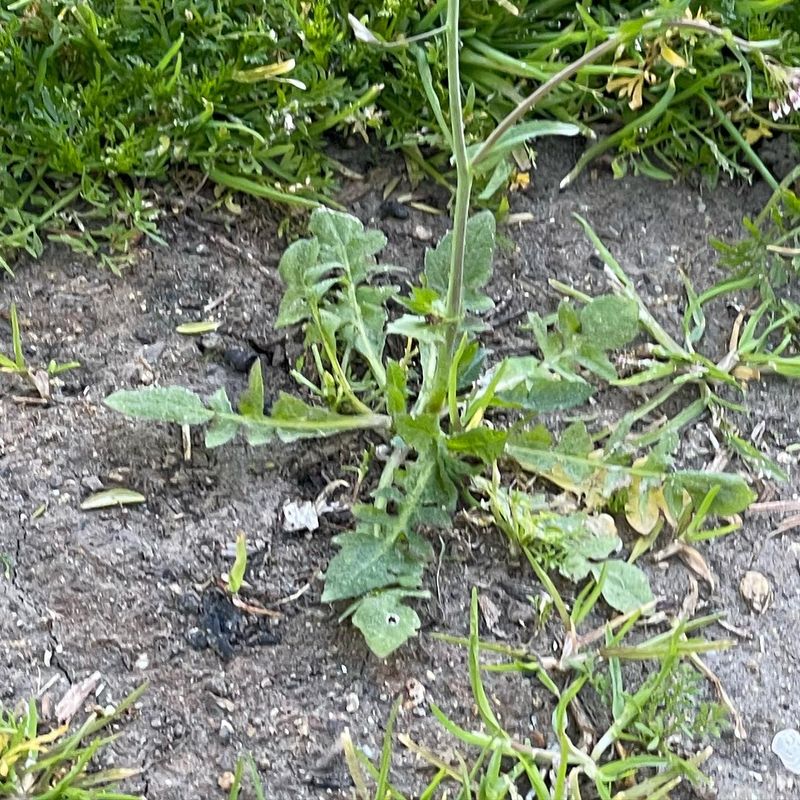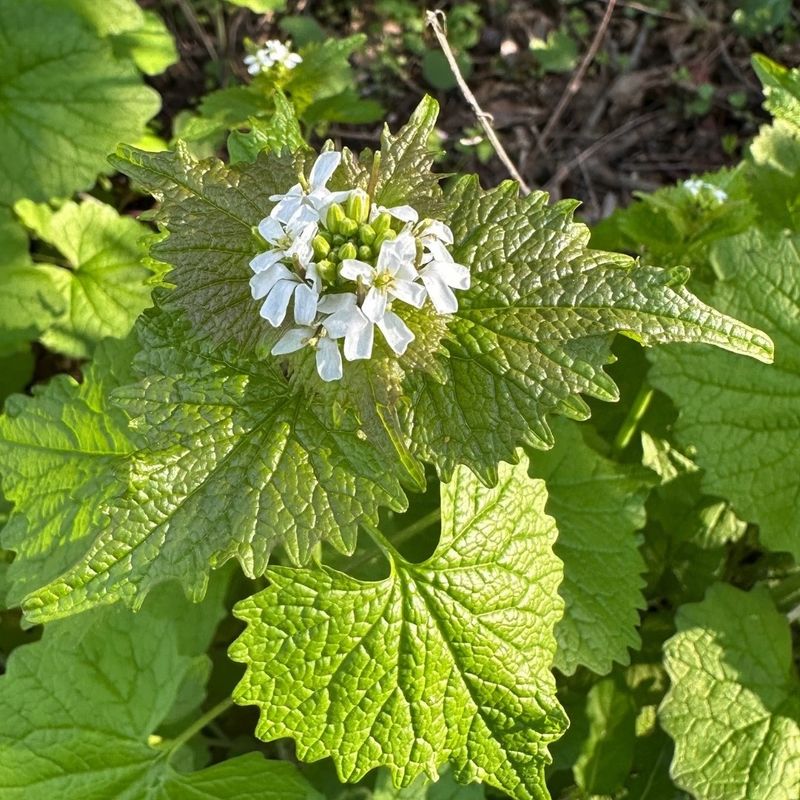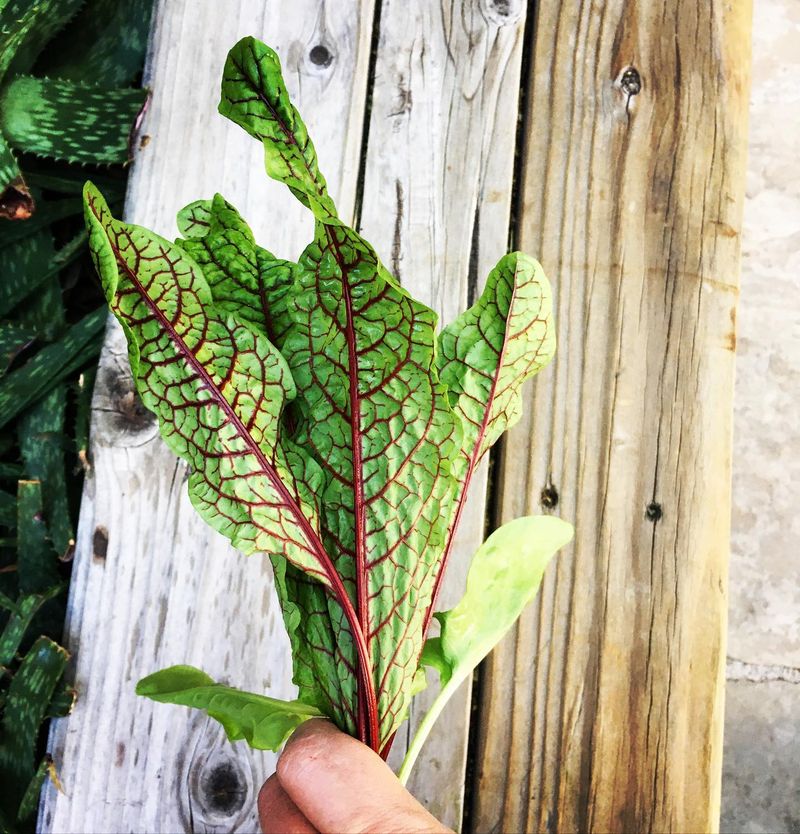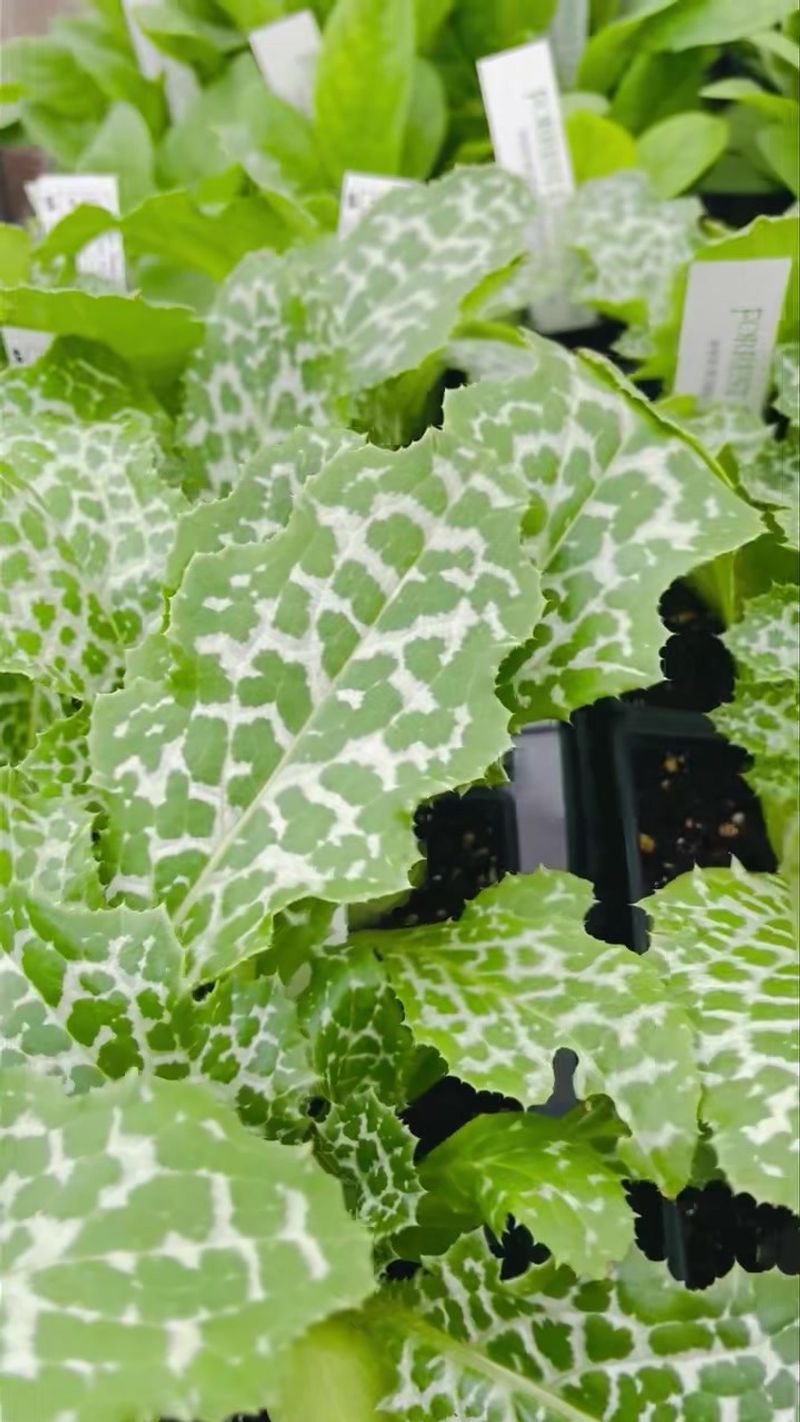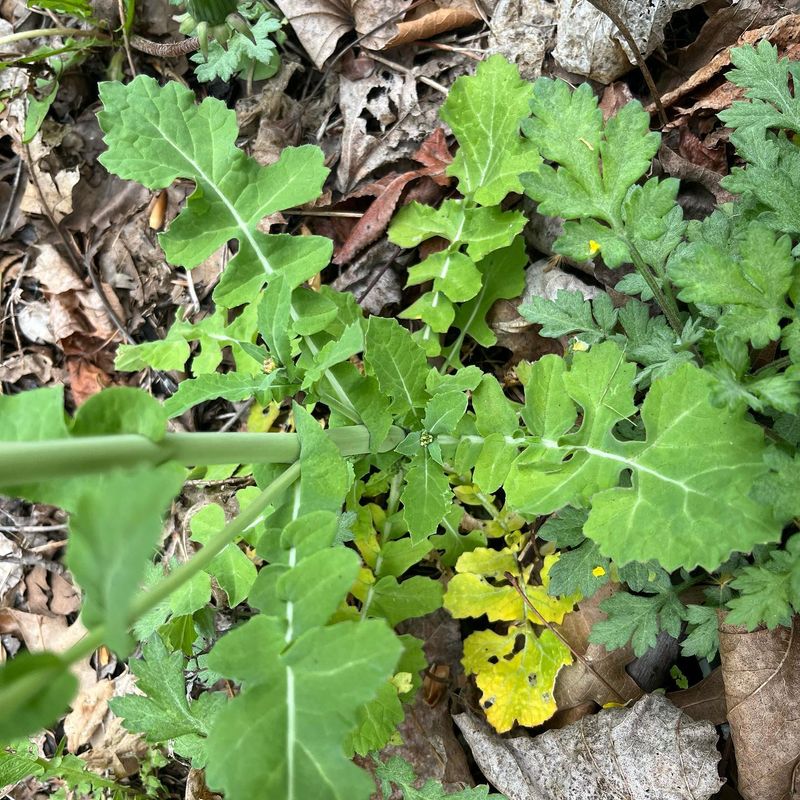Foraging might sound like something out of a survival show, but the truth is—you probably walk past edible plants every day without realizing it. S
ome of the so-called “weeds” popping up in your backyard can actually be tasty, nutritious additions to your meals. Think of it as free food… with a little adventure mixed in.
Of course, not everything green and leafy is fair game—some weeds are better admired than eaten. That’s why it’s important to know the difference. In this guide, we’ll walk through some of them with curiosity and a little caution.
1. Dandelion
These are not only a ubiquitous garden weed but also a versatile food source. The entire plant is edible, from the roots to the flowers.
The young leaves, with their slightly bitter taste, resemble arugula and can be added to salads. The flowers can be used to make dandelion wine or fried for a unique treat. Roasting the roots creates a coffee-like drink.
This weed is rich in vitamins A, C, and K. Search for them in sunny areas where they thrive. Their resilience makes them an easy addition to your foraging adventures.
2. Purslane
This one often finds its way into cracks in sidewalks, but it deserves a spot on your plate. This succulent plant is rich in omega-3 fatty acids and has a crisp, lemony flavor.
Its stems and leaves are edible, making it a refreshing addition to salads or stir-fry. Harvest purslane when the leaves are young for the best taste. It’s a nutritional powerhouse that can grow almost anywhere.
Look for it in sunny, dry spots where it spreads out easily. Embrace purslane for its health benefits and unique taste.
3. Lamb’s Quarters
Often overlooked, Lamb’s Quarters are a nutritional gem. The leaves resemble spinach in taste and can be used similarly in cooking. They are packed with vitamins A and C, as well as calcium.
The plant has a powdery coating that washes off easily, revealing tender greens. Harvest the young leaves and tops for the best flavor.
This weed grows in waste areas and gardens, making it an easy find. Its adaptability and flavor make it a worthy addition to your diet.
4. Chickweed
This is a mild-flavored plant that can be a delightful salad green. Its small, tender leaves and stems offer a taste reminiscent of spinach. The plant is known for its tiny white flowers and thrives in cool, moist environments.
Chickweed can also be cooked like spinach, adding nutrients to your diet. Harvest it before flowering for the best taste and texture.
This weed is often found in shaded garden beds or near shrubs. It’s a gentle, versatile weed to experiment with in the kitchen.
5. Nettle
Nettles may sting, but their nutritional value is worth the effort. When cooked, they lose their sting and can be used much like spinach. Nettles are rich in iron, calcium, and vitamins A and C.
To harvest, wear gloves and pick the young tops for the best flavor. They can be boiled or added to soups and stews.
Look for nettles in damp, shady areas. Despite their sting, they are a valuable wild green to include in your meals.
6. Plantain
Often confused with the banana-like fruit, the plantain weed is a common sight in lawns. It has broad, flat leaves that are edible when young. The flavor is slightly bitter but can be softened by cooking.
Plantain leaves can be sautéed or added to soups. The seeds are also edible and can be ground into flour.
Find plantain in disturbed grounds or pathways. Its hardiness and availability make it a practical addition to your foraged food.
7. Clover
Clover is more than just a lucky charm. This common weed has edible leaves and flowers. They offer a mild, pea-like flavor, making them a great addition to salads or teas.
The leaves can be eaten raw or cooked, while the flowers are often used in herbal teas. Harvest clover from unsprayed areas to avoid chemicals.
It thrives in sunny meadows and lawns, making it an accessible option for foraging. Clover adds a bit of luck and flavor to your meals.
8. Wild Garlic
Wild garlic is a treat for those who love a bit of seasoning. This aromatic plant has long, grass-like leaves and small white flowers. Its flavor is milder than cultivated garlic but still pungent.
Both the leaves and bulbs are edible, perfect for salads, pestos, or garlic butter. Harvest in early spring when the leaves are tender.
Look for wild garlic in woodland areas. It’s a flavorful find that can spice up your dishes naturally.
9. Burdock
While burdock roots are edible, caution is advised. The plant is known for its large leaves and spiky burrs. Its bitter flavor and fibrous texture make it a challenge to prepare.
The roots are sometimes used in herbal medicine, but they require extensive cooking. Burdock is often found in disturbed grounds and along woodland paths.
Due to its complex preparation and potential toxicity if misidentified, it’s best left alone unless you’re experienced with its uses.
10. Creeping Charlie
Creeping Charlie, or ground ivy, is often seen as a garden nuisance. Its round leaves and small purple flowers are edible, but the flavor is quite strong.
It can be used sparingly in salads or brewed into a tea to aid digestion. However, its overpowering taste may not be for everyone.
Creeping Charlie spreads quickly in shaded areas. While it’s edible, many prefer to avoid it due to its intense flavor.
11. Curly Dock
This one is easily recognizable by its long, wavy-edged leaves. The young leaves are edible and can be prepared like spinach. They have a tart, lemony flavor when cooked.
Curly dock is nutritious, offering vitamins A and C. It grows in a variety of soils, often in sunny, open fields.
Harvest the young leaves before they become tough and bitter. Its versatility in cooking makes it a worthwhile addition to your foraged foods.
12. Shepherd’s Purse
Shepherd’s purse is known for its heart-shaped seed pods and small white flowers. The young leaves are edible and have a peppery taste similar to arugula.
They can be added to salads or cooked as a green vegetable. This weed grows in disturbed soils and garden beds.
Harvest before it goes to seed for the best flavor. Its unique taste and appearance make it an interesting addition to your foraging repertoire.
13. Garlic Mustard
Garlic mustard is an invasive species that many foragers prefer to avoid. Its jagged leaves and small white flowers are edible, with a strong garlic flavor.
While it can be used in salads or pestos, its aggressive nature makes it a threat to native plants.
It grows along forest edges and disturbed areas. Due to its impact on ecosystems and strong taste, it’s often left alone by those who forage sustainably.
14. Sorrel
This is a tangy green that can liven up any dish. Its arrow-shaped leaves offer a lemony flavor that complements salads and soups.
The leaves can be harvested throughout the growing season. Sorrel is rich in vitamin C and adds a refreshing taste to your meals.
It grows well in garden beds and meadows. If you’re looking for a zesty addition to your cooking, sorrel is a great choice to forage.
15. Milk Thistle
Though milk thistle is known for its medicinal properties, it’s best left alone as a food source. The spiky leaves and purple flowers are difficult to prepare safely.
The plant is often used in liver health supplements but requires careful handling. Milk thistle grows in dry, rocky areas and can be invasive.
Its tough exterior and preparation challenges make it a weed to avoid in the kitchen, unless you’re familiar with its uses and handling.
16. Hedge Mustard
Hedge Mustard, a common sight along roadsides and fields, can surprise you with its spicy, mustard-like flavor. Its tender leaves are a delight in salads, adding a peppery punch that’s hard to resist.
Imagine a warm spring day, plucking these vibrant greens to brighten up your kitchen. As part of the mustard family, this plant is not only versatile in culinary uses but also rich in vitamin C.
Did you know? In ancient times, hedge mustard was revered for its medicinal properties, believed to soothe sore throats and aid digestion.

